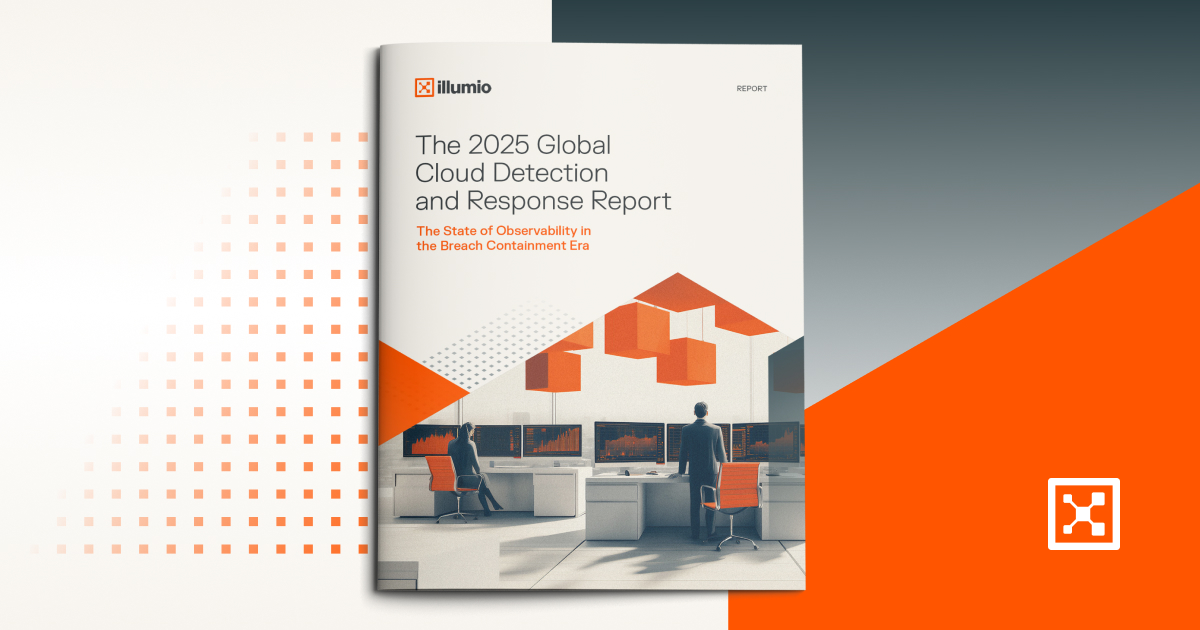Click It or Ticket: Why Zero Trust is Your Cybersecurity Seatbelt
.webp)
Cybersecurity has a blame problem.
When something goes wrong, the first response is often finger-pointing — at the person who clicked the phishing link, the analyst who missed the alert, or the engineer who shipped unpatched code.
But as I discussed with cyberpsychologist Dr. Erik Huffman on a recent episode of The Segment podcast, this mindset misses the point.
Users don’t fail because they’re careless. They fail because they’re human. And if your security strategy assumes otherwise, it’s already broken.
This is where Zero Trust comes in. It’s an organizational seatbelt that keeps you safe when things go wrong.
Stop blaming users. Start designing around them.
“100% security doesn’t exist,” Huffman told me. “If a nation-state wants to get in, they will.”
So why do we keep treating users like they should be perfect?
Blaming users for clicking on a malicious link or falling for a social engineering attack assumes a level of control that just isn’t realistic.
And ironically, the more we shame people, the less likely they are to report mistakes, which makes everything worse.
Zero Trust helps change this. Instead of assuming people will make the right decision every time, it assumes they won’t and builds guardrails to limit the fallout.
It’s not about distrusting people. It’s about designing systems that accept human fallibility and build resilience around it.
Stress is the real vulnerability, and attackers know it
Huffman’s research shows that attackers strike when people are under pressure: juggling deadlines, distracted, or emotionally charged.
In those moments, we fall back on instinct, and instinct isn’t always secure. That’s simply human nature.
Security awareness programs are necessary, but they’re not enough.
What we need are systems that account for how people actually behave under stress — not just how they behave in a training module.
Zero Trust does that. It assumes mistakes will happen and limits the damage when they do. That’s resilience by design.
In the AI era, trust nothing and verify everything
Huffman and I also talked about the psychological challenge of AI-powered attacks like deepfakes, AI-generated phishing, or voice clones.
In this new era, the old security mantra of “this email seems fishy” no longer cuts it. When even your CEO’s voice and likeness can be faked on video, gut instinct can’t be your only line of defense.
That’s why Zero Trust matters more than ever.
It enforces identity verification, limits access, and validates activity continuously. It makes verification a default, not a nice-to-have.
As deception gets smarter, that becomes critical.
Zero Trust is a seatbelt, not a straitjacket
One of the most useful metaphors from our conversation was this: Zero Trust is like a seatbelt. It doesn’t prevent accidents, but it does help reduce the harm when accidents happen.
Seatbelts don’t assume you’re a bad driver. They assume the road is unpredictable. That’s exactly how Zero Trust works.
It doesn’t mean you don’t trust your organization. It means you design systems that don’t fall apart when someone slips up or when something unexpected happens.
Shift your cybersecurity mindset from blame to protection
Preventing breaches is no longer enough. Security teams must focus on reducing harm when it happens.
That starts by changing the security culture.
Zero Trust is now a leadership conversation. It’s how you protect your organization and your people. It’s how you stop relying on perfection and start building systems that bounce back.
So let’s stop talking about “user error” or scapegoating CISOs. Instead, let’s start building a workplace where mistakes don’t turn into disasters.
Let’s treat Zero Trust as the seatbelt every modern organization needs.
People will make mistakes. Your job is to make sure those mistakes don’t take the whole company down with them.


